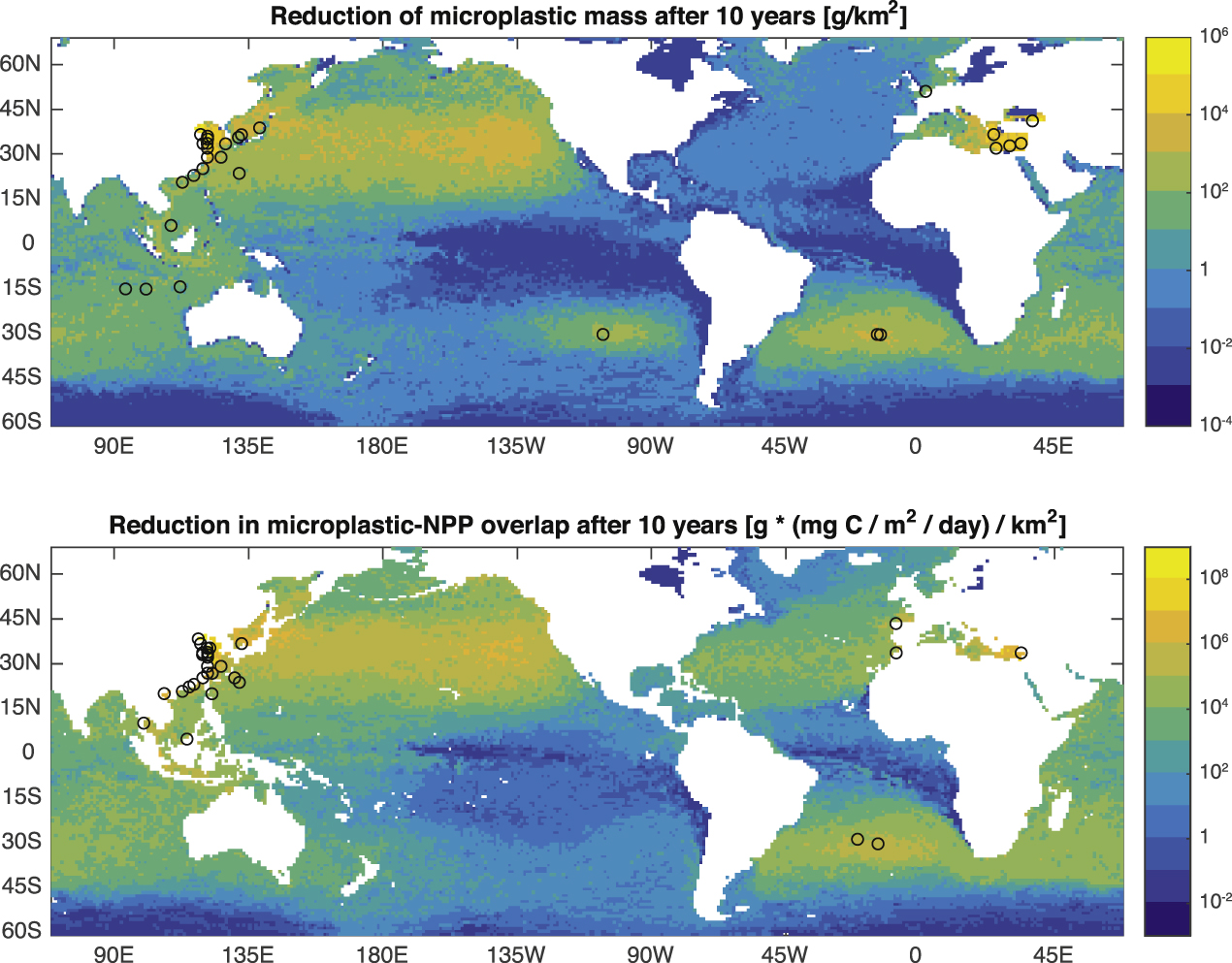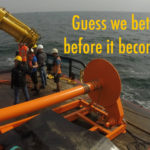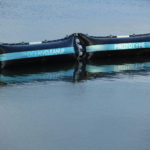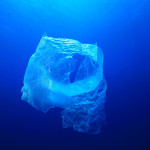You might think that to clean up the problem of plastic in the ocean, you should place your cleanup device where there is the most plastic. And this isn’t a horrible initial assumption, which has been made by “The Ocean Cleanup”. But a slick new modeling study by Peter Sherman and Erik van Sebille show that’s not the case. If you want to extract plastic from the ocean, you had better cast your nets right off the coasts of the world’s largest polluters, not in the center of the North Pacific Garbage Patch as proposed by the Ocean Cleanup.
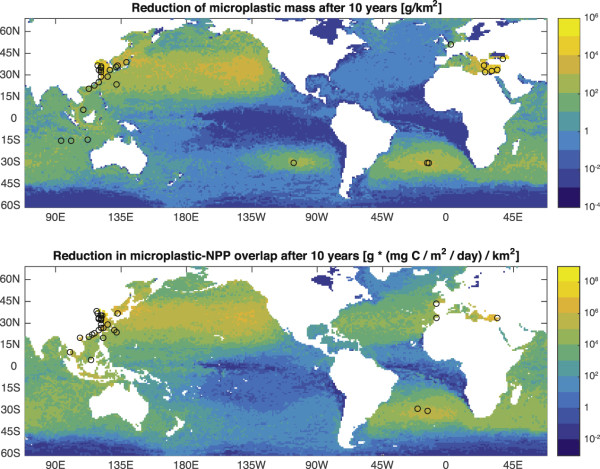
The results? You had better put most of your 29 giant plastic scooping machines close to where the biggest litter bugs reside, near coastal Asia. Where you shouldn’t put them? In the center of the North Pacific Gyre.
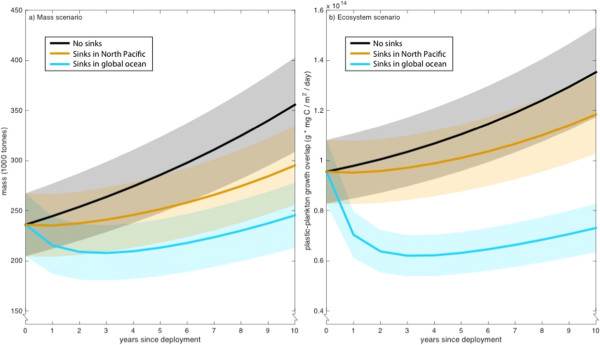
But it’s not all doom and gloom people, this study lends support for reducing plastic use and just stopping it from getting into the ocean. That’s why I think projects like the Baltimore’s Mr. Trash Wheel and Seabin are so awesome, they are stopping trash and plastic from getting into the ocean right now. And while it’s known that I am not an ardent fan of the Ocean Cleanup, and this is certainly not an endorsement, this study does lend some support for relocating the proposed array closer to the coasts in shallower water which would be easier to design, build and service**. Here’s to hoping the Ocean Cleanup takes the conclusions of this research to heart, but I’m not holding my breath since they are only oceanographers.
*This paper judiciously doesn’t address engineering or even feasibility, but rightfully so. It just assumes that no matter where a plastic sink was put it operates at 45% efficiency (the number put forth by the Ocean Cleanup people), which is all you need to figure out the best place for your ocean cleanup booms.
** This is totally ignoring that when the array is moved inshore, you might not be in international waters anymore, subject to maritime laws of different countries and will now have to contend with much more ship traffic and larger sea life.
REFERENCES:
P. Sherman and E. van Sebille. Modeling marine surface microplastic transport to assess optimal removal locations. Environmental Research Letters, 11(1):014006, 2016.
Share the post "Where is the best place to put your ocean cleanup device? Not where currently proposed."

